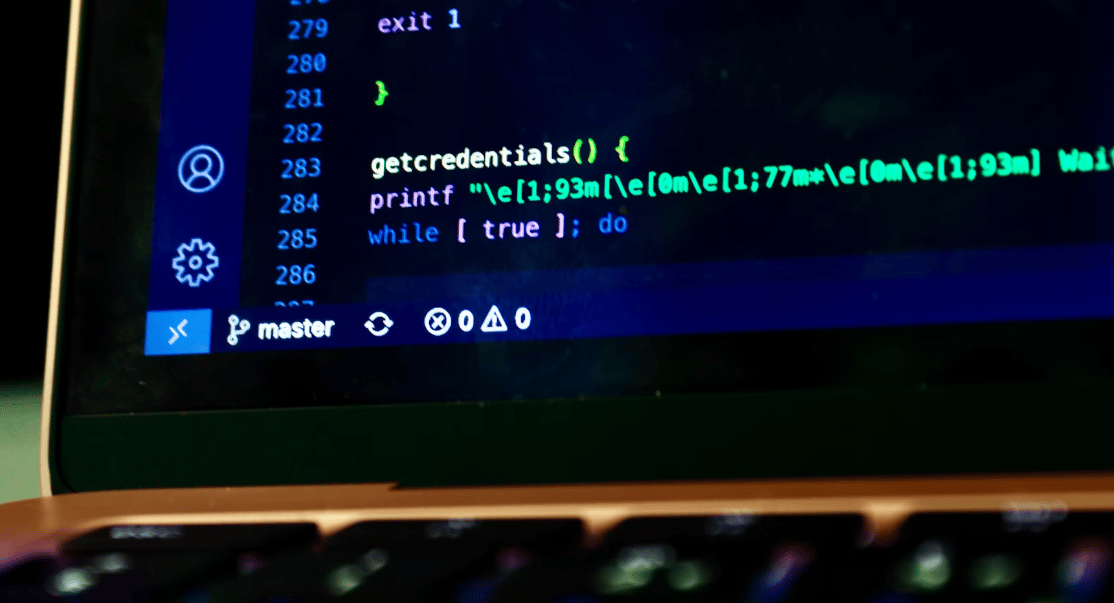Exploring PAM Use Cases for Compliance and Cyberattack Risk Protection
PAM , Privilege Access Management ,is important systems to ensure organization to be secure and protect for all privilege users access
Kittipong T.
10/6/20242 min read
Understanding Privileged Access Management (PAM)
Privileged Access Management (PAM) is an essential component in the security landscape of organizations, especially in the era of increasing cyber threats. PAM solutions enforce strict control over the accounts with elevated permissions, ensuring that only authorized users have access to sensitive information and critical systems. By managing these privileges effectively, organizations can significantly reduce the risk of data breaches and compliance failures.
Use Cases for Compliance
In today’s regulatory environment, compliance is non-negotiable for organizations dealing with sensitive data. PAM provides a structured way to maintain compliance with various regulations, such as GDPR, HIPAA, and PCI DSS. One of the primary use cases for PAM in compliance is its ability to log and monitor privileged user activities. This visibility is crucial for audits and helps organizations demonstrate that they are adhering to strict regulatory requirements.
Moreover, PAM solutions can automate the management of credentials associated with privileged accounts. This not only mitigates the risk of unauthorized access but also aligns with compliance mandates requiring periodic password changes and reports on access to critical systems. By standardizing these processes, organizations can ensure they meet regulatory standards consistently.
Protecting Against Cyberattacks
As cyberattacks continue to evolve in complexity and sophistication, organizations must adopt proactive measures to protect their digital assets. PAM plays a pivotal role in defending against these threats. By limiting the access rights of users and systems, PAM minimizes the potential attack surface that cybercriminals can exploit.
Implementing PAM also involves rigorous session management, which includes monitoring and recording privileged sessions in real-time. This feature not only helps in identifying suspicious activities but also aids in forensic investigations following a security incident. In the unfortunate event of a breach, having detailed logs of privileged access can be invaluable in understanding the breach's scope and preventing future occurrences.
Furthermore, PAM solutions can integrate seamlessly with other security technologies, such as threat intelligence and endpoint protection. This integration creates a layered defense strategy that reinforces an organization’s security posture and provides comprehensive protection against cyber threats.
Conclusion
In conclusion, the implementation of PAM offers significant benefits for organizations looking to enhance their security framework. With its robust use cases for ensuring compliance and protecting against cyberattack risks, PAM is not just a supplementary measure; it is a vital part of a comprehensive cybersecurity strategy. As the threat landscape continues to grow, investing in effective PAM solutions will be crucial for safeguarding sensitive information and maintaining regulatory compliance.

